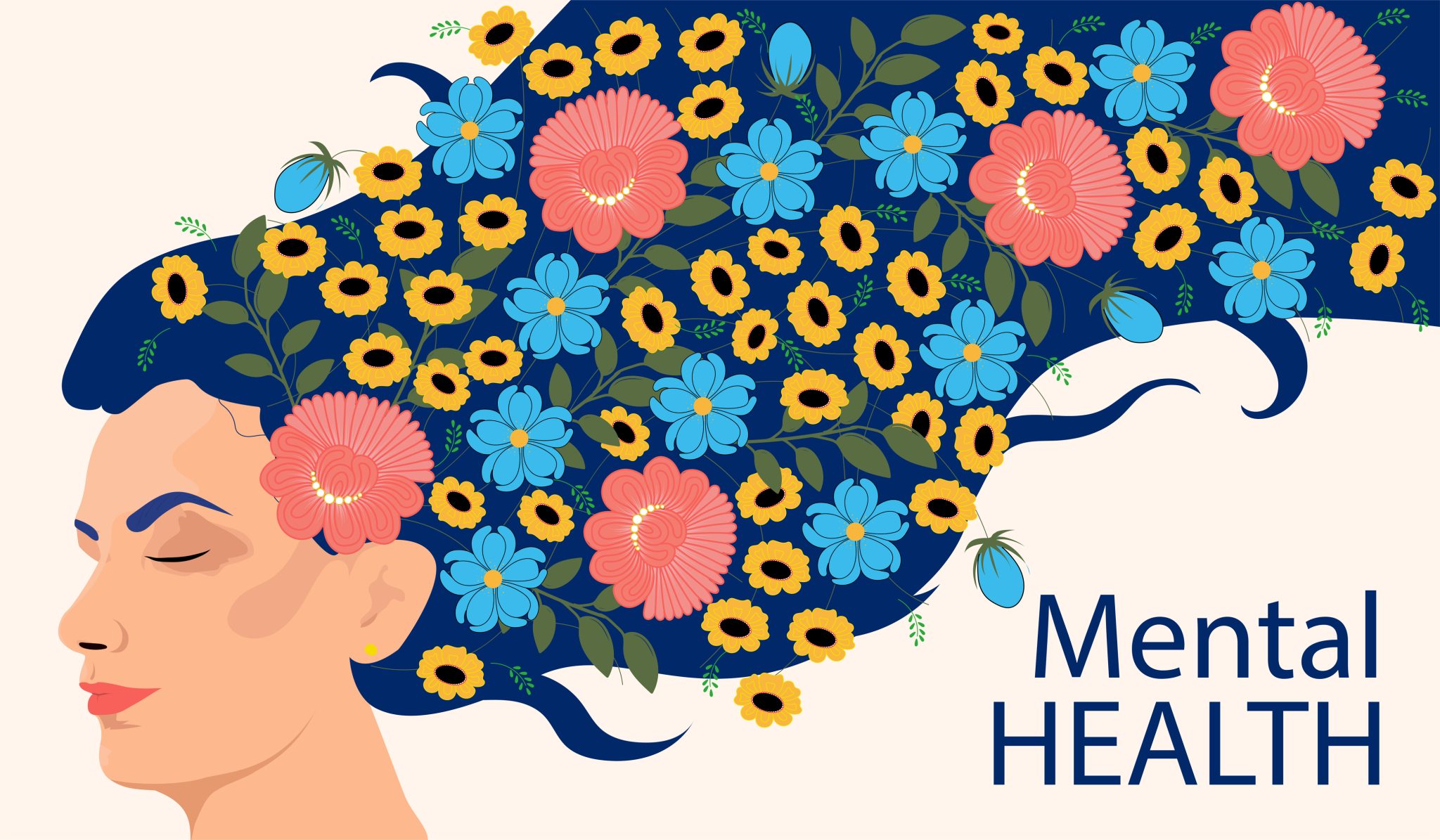By Lakshmi Mahadevan, Ph.D.
May is Mental Health Awareness month. When working or serving as caregivers for individuals with disabilities, there remains a paucity of information related to managing mental health and in particular preventing suicide. What is known is that suicide rates are much higher among people with spinal cord injuries and multiple sclerosis than in the general population. Also, at risk for higher rates of suicide are individuals with intellectual and learning disabilities. Partly influencing suicidal tendencies is the social message that life with a form of disability must be miserable, therefore causing people with disabilities to internalize feelings that cause depression, anxiety and lead to social isolation. Suicide may even be regarded as a noble, selfless act by people with disabilities who feel like a burden to friends, family and caregivers.
An individual contemplating suicide exhibits such behaviors as abusing alcohol and/or drugs, increased discussions about death and ‘what if I were gone’ conversations, feelings of hopelessness and helplessness, decreased interest in typically enjoyed activities, impulsive and destructive behaviors, changes in sleeping and eating patterns (too much and too little), excessive feelings of shame or guilt, excessive crying and anger, erratic emotions, dropping out of daily routines, disappearing for hours at a time for no reason, becoming more quiet or talking more irrationally.
Protective Factors
Parents, guardians and caregivers can help improve protective factors for individuals with disabilities by:
- Recognizing the warning signs and symptoms of suicidal thinking, planning or ideation.
- Reminding the individuals that they are proud of their efforts to succeed in school or in employment and the resilience shown in times of adversity.
- Listening without judgement, pushing them to confide or being confrontational.
- Not taking their suicidal thoughts as a personal affront on caregiving.
- Encouraging them to care for self and manage stress.
- Helping them revisit past happy memories through photographs and home movies.
- Encouraging them to journal or draw as a means of expressing feelings.
- Reminding them of instances where they have successfully overcome previous challenges or solved problems.
- Procuring professional help such as via a counselor or the suicide hotline – National Suicide Prevention Lifeline – 1-800-273-8255 or text 741741.
- Considering taking a course on Mental Health First Aid
- Surrounding them with positive images, words and people.
Additional Resource – People with Physical Health Problems or Disabilities













